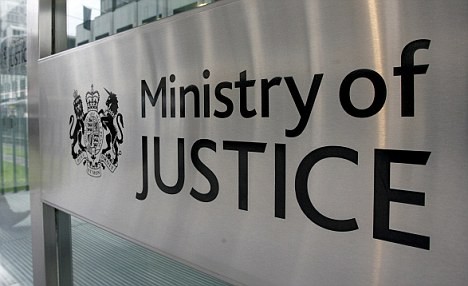By Gavin Mackintosh-
The courts service has completed a historical progression towards video hearings and a digital future.Fully video hearings tested for the first time last September are now being fully implemented as part of government’s £1bn court reform programme.
Evaluation of the technologically innovative scheme concluded that users found them easy to understand and welcomed the move.
The pilot scheme was conducted in conjunction with the judiciary involving eight cases in a physical courtroom. The Ministry Of Justice(MOJ) aim to test people’s experiences and the support required in the early days. Hearings took place over the internet, with each participant logging in from a location of their choice using their own equipment and, for the purposes of the pilot, the judge located in the court room.
Under the new scheme, court bosses will run a limited number of cases with litigants who have been fully briefed and vetted in advance. Both parties must agree to take part, while judges must also approve each case as being suitable for video hearing.
Video hearings for protected witnesses has been in existence for over 10 years, but the difference here is that not only witnesses who fear for their safety will be ale to benefit from the new provisions. Witnesses who do not wish to travel to a court hearing will also be able to use the new video link system, and give evidence via video link, and also be cross examined through the same gateway. Giving evidence via video link could also come in handy for witnesses who cannot afford travel costs to courts
An HMCTS spokesperson said: ‘We will continue to independently evaluate fully video hearings so that we carry on learning, testing and adapting the technology and processes.’This is the second tranche of testing full-video hearings as part of the government’s £1bn court modernisation programme. Last year a test involving eight cases was carried out in the first-tier tax tribunal.
Users reported that the hearings were convenient and easy to understand, but technical issues were commonplace and the majority of hearings suffered problems such as poor visibility of parties or lack of access to documents. A practice direction made earlier this year to facilitate the latest pilot stated that all parties or their legal representatives would attend the hearing of the application, using the video-link, from suitable IT equipment and would see and hear, and would be seen and heard by, each other and the judge determining the application.
Members of the public may access a hearing by attending the court in person and would see and hear the judge and the parties or their legal representatives on a screen in the court room.Each party involved will have completed a pre-video hearing suitability questionnaire at least 14 days before the hearing date
The first hearing was videod from Manchester civil justice centre on Friday and involved two litigants in person who were parties to an application to set aside a default judgment. A judge oversaw proceedings from a courtroom which was open to the public.
HMCTS is running a year-long pilot of video hearings for set aside applications and first direction appointments for financial remedy in divorce where both parties are represented. Apart from Manchester, cases can also be run by video from the Birmingham civil justice centre.
Court bosses will run a limited number of cases with litigants who have been fully briefed and vetted in advance. Both parties must agree to take part, while judges must also approve each case as being suitable for video hearing.
.

